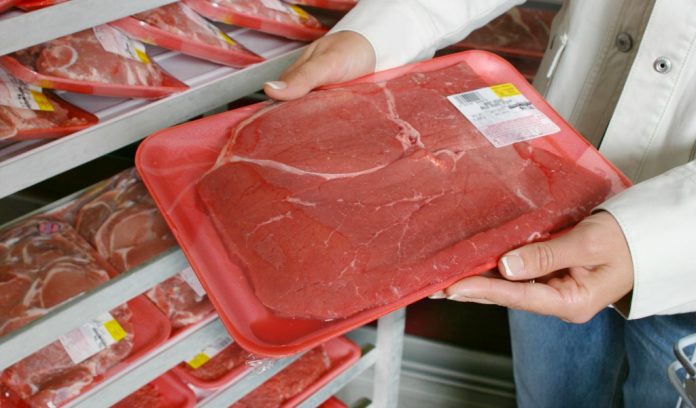Forty years ago Waylon and Willie asked the nation’s mamas not to “let your babies grow up to be cowboys” because “… they’ll never stay home and they’re always alone, even with someone they love.”
That sage advice is even more true after a spring cattle market that’s been too wild to forget and too brutal to want to remember.
In late February, August live cattle futures closed near $116 per hundredweight (cwt.).
By April 3, however, prices fell to $99.60. Prices did rebound to $104 on April 27 but cracked again, to $98.25, on May 18.
The roller coaster ride made cattle growers rightfully sick. The hoped-for sale price for a 1,325 pound slaughter steer went from $1,537 in late-February to $1,300 in mid-May.
That $237 per-animal difference, according to Iowa State University break-even calculations, cost feeders all their profit and then some.
For example, cattle growers with 500 head of cattle saw their inventory devalue by $118,500 in less than 90 days this spring. A feeder with 5,000 head on feed witnessed a $1.185 million drop in value while a 50,000-cow commercial feedlot saw $11.85 million evaporate.
The mid-May price slump was just “paralyzing to the industry,” long-time cattle market analyst Walt Hackney told Iowa Public Television’s Market to Market audience May 18.
“What happened,” he explained, “was the opportunity for the buyers” — meatpackers — “to take a shot at the feedlots,” and they did.
As a result, Hackney noted, “The packer was making a lot of money on the cattle.”
And almost every penny of it was from the cowboys’ hides.
Market power
That’s serious market power and it’s a hallmark of today’s highly integrated, highly concentrated cattle market, says Darrin Qualman, a graphically minded market analyst in Saskatchewan.
To prove it, Qualman charted a century of inflation-adjusted Canadian cattle prices.
The results, explained in an April blog post, The cattle crisis: 100 years of Canadian cattle prices, are both colorful and bruising.
A key finding shows that, from 1942 through 1989, Canadian cash cattle prices stayed within the $1.50 to $2.50 per pound (or $150 to $250 per cwt., Canadian dollars) inflation-adjusted price range.
Interestingly, cattle prices spiked out of that range only three times — and all to the high side.
In 1989, however, that range shifted substantially downward; prices began to toggle between 80 cents and $1.60, or $80 to $160 per cwt. Worse, prices have stayed within these limits since. How did the old bottom line, $1.50 per pound, essentially become the new top line?
Qualman dug deep for an answer.
“Prices and profits are only partly determined by supply and demand,” wrote the former Canadian National Farmers Union researcher. “A larger factor is market power. It is this power that determines the allocation of profits within a supply chain.”
For Canadian — and also American — cattle growers that means “In the late ‘80s and continuing today, the power balance between packers and farmers shifted as packers merged to become giant, global corporations… [Then] it shifted further as packers… began to utilize captive supplies [cattle they control by contract or ownership] and… shifted further still as trade agreements thrust farmers in every nation into a single, hyper-competitive global market.”
Devastating farmers
This massive shift in market power from “cattle farmers” to meatpackers, noted Qualman, had a “devastating” effect on farmers.
“Since the late-1980s, Canada has lost half its cattle farmers and ranchers.”
The story is the same on this side of the border and nearly everywhere else. Trade agreements, global meatpackers, captive slaughter supplies, and little-to-no competition among packer-buyers have made beef — be it Canadian, American, Brazilian or Martian — into an international commodity, not a regional or national product.
That will not change. Nor will the price at the grocery store. Lower cattle prices, predicted for the rest of 2018, will not bring lower retail meat prices because meatpackers, despite their name, are really in the market power business and, right now, business is very, very good.














